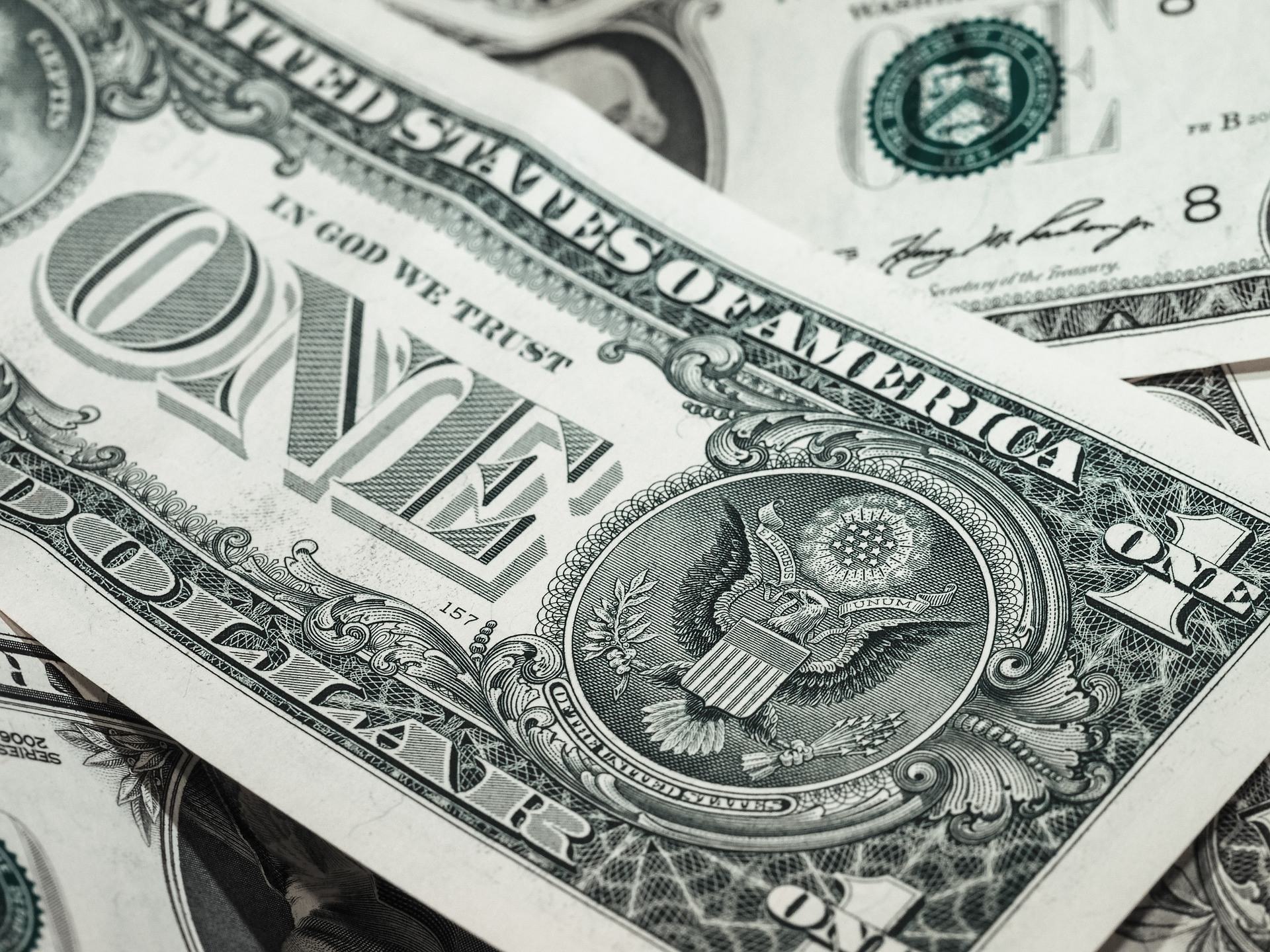EQUITIES
Shares in Asia-Pacific were mixed in Thursday trade. Hong Kong’s Hang Seng index rose 0.25%, reversing earlier losses. Mainland Chinese stocks also recovered from earlier declines, with the Shanghai composite at flatline.
South Korea’s KOSPI index led gains among the region’s major markets, rising 1.08%, while the S&P BSE Sensex in India added 0.53%.
Elsewhere, the Nikkei 225 in Japan declined 0.58%, the S&P/ASX 200 fell about 0.10%, and the Straits Times index in Singapore slipped 0.20%,
Overnight on Wall Street, stocks saw a sharp reversal overnight after the CDC confirmed the first case of Omicron variant in the U.S. The Dow Jones Industrial Average dropped 461.68 points to 34,022.04 while the S&P 500 declined 1.18% to 4,513.04. The Nasdaq Composite fell 1.83% to 15,254.05.
OIL
Oil prices rebounded on Thursday on expectations OPEC+ may pause supply additions to cushion any damage on demand from the Omicron spread.
The OPEC+ will likely decide on Thursday whether to release more oil into the market as previously planned or restrain supply. Since August, the group has been adding an additional 400,000 bpd of output to global supply each month, as it gradually winds down record cuts agreed in 2020.
Gains in oil markets on Thursday were capped as the U.S. weekly inventory data by the EIA showed U.S. crude stocks fell less than expected last week, while gasoline and distillate inventories rose much more than expected as demand weakened.
The Brent now traded at $69.63 per barrel, and U.S. crude futures traded at $66.35 per barrel.
Overnight, the Brent futures ends at $68.87 a barrel, while the WTI crude oil prices closed to $65.57 per barrel.
CURRENCIES
The dollar index, which measures the currency versus six peers, edged slightly lower to 96.006, consolidating in the middle of its range over the past two weeks, when it also rose as high as 96.938 for the first time since July of last year.
The 10-year U.S. Treasury note fell to yield 1.421%.
GOLD
Gold edged lower on Thursday and hovering close to a one-month low touched on Tuesday. Spot gold slipped 0.26% to $1,777.00 per ounce, and U.S. gold futures declined 0.25% to $1,779.80.
Spot silver advanced 0.23% to $22.39 per ounce. Platinum gained 0.14% to $936.50, while palladium was flat at $1,753.00.
ECONOMIC OUTLOOK
Asian shares struggled for direction in Thursday trade, as concerns over the economic impact of the Omicron COVID-19 variant and stubbornly high global inflation rate continue to weigh on investor sentiment and capped gains regionally.
Weighing on share markets were remarks from Fed Chair Jerome Powell reiterating in Day 2 of testimony to Congress that the Fed policymakers will consider a faster wind-down to the Fed's bond-buying programme, a move widely seen as opening the door to earlier interest rates hikes.
Global growth is set to hit 5.6% this year before moderating to 4.5% in 2022 and 3.2% in 2023, the OECD said in its latest economic outlook, added the current inflation spike as a main risk to economic outlook.
- In the U.S., the OECD forecast the world's biggest economy would grow 5.6% this year, 3.7% in 2022 and 2.4% in 2023, down from previous projections of 6.0% in 2021 and 3.9% in 2022.
- In China, growth forecast at 8.1% in 2021 and 5.1% in both 2022 and 2023 whereas previously the OECD had expected 8.5% in 2021 and 5.8% in 2022.
- The outlook was slightly more upbeat for the euro zone than previously expected with growth expected at 5.2% in 2021, 4.3% in 2022 and 2.5% in 2023 compared with previous forecasts of 5.3% in 2021 and 4.6% 2022.














